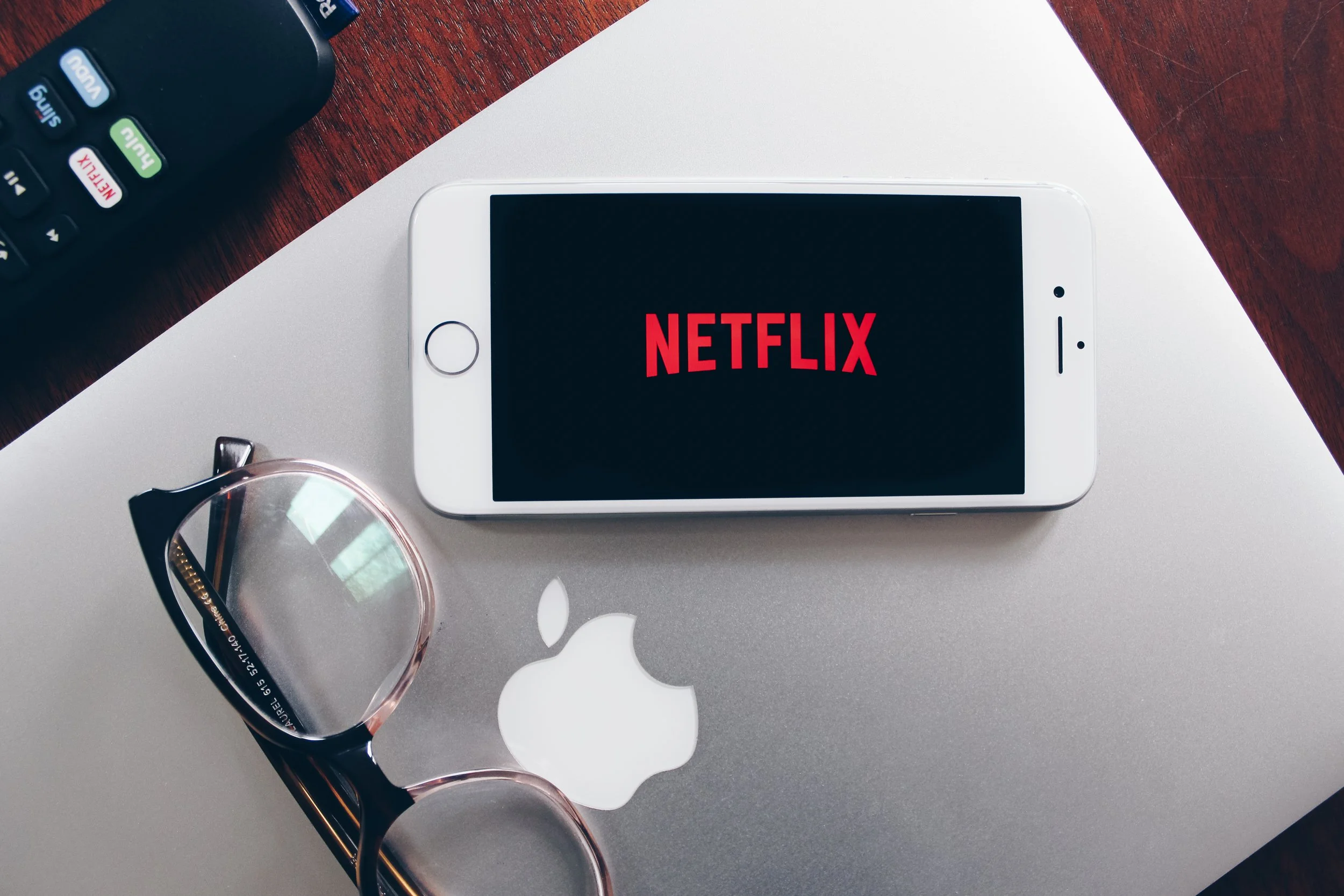The Greed of Streaming Services
Historically, streaming services have been loved by consumers for their simplicity and cost effectiveness. However, things have changed over the past couple years with its normalization. Even how consumers react to it. Photo courtesy of stockcatalog via Flickr
The influx of streaming services over the past decade has seemed to benefit the consumer. Since its introduction, streaming has seemed to provide consumers the most convenient option to stream shows, movies and sporting events, but attitudes have changed in recent years.
Recently, prices have risen, and the value-for-money proposition has shrunk. Netflix, a service that effectively introduced streaming services as a concept back in 2011, began with only a standard, ad-free plan for $7.99 per month. They presented a simple alternative that cable consumers had been desiring for years.
Since then, the value for money has plummeted. Their basic plan has nearly doubled in price, sitting at $15.49 per month. Netflix also had a cheaper basic ad-free plan for $11.99 per month as of 2024, which they have removed from their subscription offers in 2024.
Now, going back to the previous value offered from Netflix, their cheapest plan created in 2022 reintroduced the ads despised by consumers, costing $6.99 per month. With their most expensive plan priced at $22.49 per month, the benefits proposed to consumers from streaming services have seemed to evaporate over time.
This increase in price was also paired with a limitation on access to your account's benefits. With the addition of home TVs, Netflix has been able to limit family usage away from their household. This reduces benefits substantially for families with kids away at college, keeping them from accessing the benefits of their plan and pushing them to commit to a more pricey plan.
This price increase has been amplified by other companies' introduction to the streaming scene, making consumers pay for more services than ever. Access to their beloved shows and movies has been deluded across more services like Hulu, Disney+, Peacock, HBO Max, Prime Video, etc., which have stretched streaming rights of shows and movies across multiple platforms. This has incentivized consumers to pay for more services than ever before.
This stretch across platforms has especially harmed fans of more niche media, with shows like “Breaking Bad” being a flagship show on Netflix, fans of shows like “Community” aren’t granted the same stability. Previously on Netflix, “Community” is now on two other services since its backdoor dismissal: Hulu and Peacock. With this lack of consistency, more money is being spread across less valuable services.
The media that has seen the most egregious in its accessibility is live sports. Access to games oftentimes is area-specific, leaving fans with access to one game on certain services. Additionally, access to a league has been spread across multiple services. In the case of the NFL, Thursday night football is on Amazon Prime, costing $14.99 per month. Access to Sunday Football is divided into two categories. With daytime football appearing either with just your local game on Fox by accessing your TV provider credentials, or roughly six to seven (out of 14) games on Paramount Plus for $12.99 per month.
You can watch Sunday night football on Peacock for a minimum of $10.99 per month, and Monday night football appears on ESPN with your TV subscription. The only service offering the entirety of Sunday’s football is YouTube TV, costing a staggering $82.99 per month or $995.88 per year. This is also just Sunday night football, giving the consumer 12 of 14 games.
However, the way consumers are reacting to this price gouging is interesting. In the case of the NBA, which costs $109.99 per season to view on one device or $159.99 a season for access on three devices, this does not cover playoff basketball either. Playoff basketball is an on-demand service through the NBA. Or, you can be subscribed to YouTube TV and Peacock for limited season access and full playoff access.
With this, the NBA Finals have seen declining viewership. In the past decade, the highest average viewership for the NBA Finals was about 31.02 million for Game 7 of the 2016 NBA Finals between the Cleveland Cavaliers and Golden State Warriors.
Since the recent price gouging at the turn of the decade, the highest viewership for one game was 16.35 million for game seven of the most recent NBA Finals between the Indiana Pacers and the Oklahoma City Thunder, simultaneously being the lowest viewership for a game seven in NBA history.
This loss in viewership can also be attributed to the rise in the online streaming service StreamEast, an IP that is seemingly impossible to permanently take down. StreamEast is an online sports piracy platform, but has almost been recognized as a streaming service adjacent to big players like ESPN.
In a time where sports are pricier than ever and internet saviness increases by the day, it isn’t surprising to assume many sports fans may be defaulting to piracy to access the media that has long been supposed to belong to the masses.
